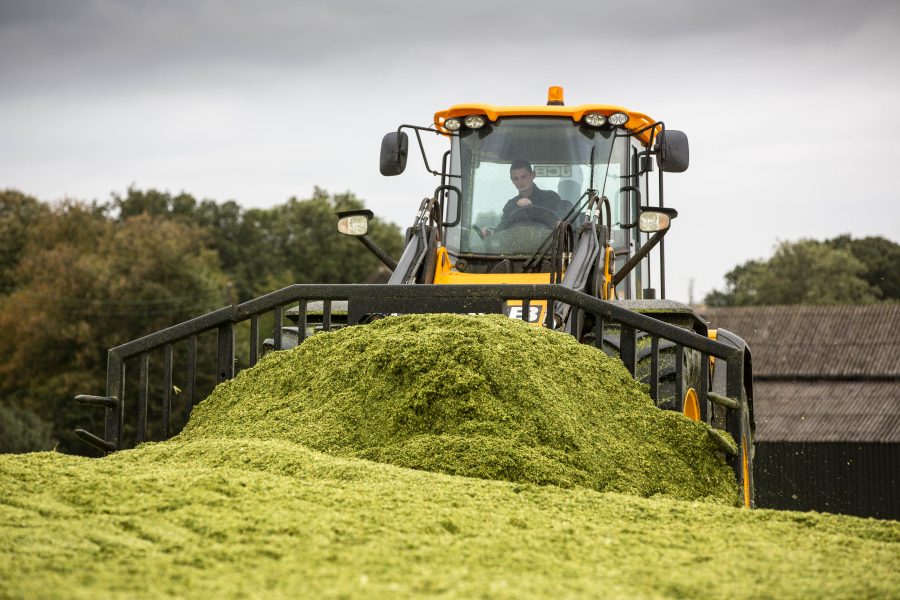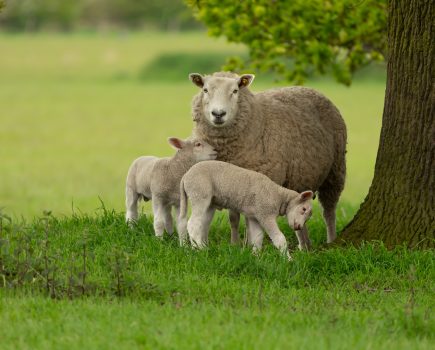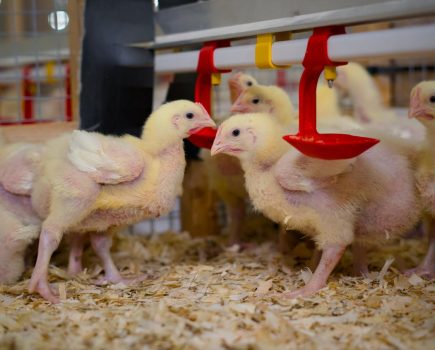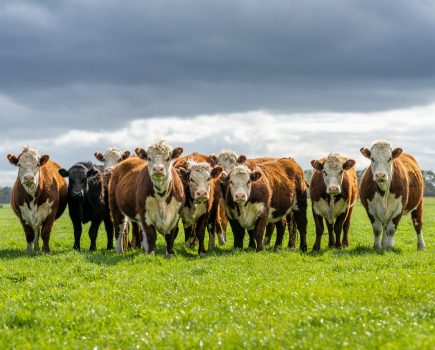Dairy farmers are being urged to prepare well in advance of the 2024 silage season so they are ready to cut at the first good weather opportunity.
Lientjie Colahan, from Lallemand’s technical support team, explains that many farmers did not end up taking first cuts until June last year.
“This is because when the weather was eventually dry enough, they weren’t in a position to move quickly,” said Mrs Colahan.
“This resulted in silage of low or variable quality, which has cost many herds a lot in purchased feed or milk yields this winter.”
To minimise the risk of the same happening this year, Mrs Colahan recommends starting conversations with your nutritionist, agronomist, and contractor as soon as possible.
“Your nutritionist will be able to help you work out a forage budget based on your system. Together, you will then be able to work out how much grass silage, and of what quality, you need to achieve your target number of litres from forage per day.”
She notes that once you have this information, your agronomist can support in developing a robust slurry and fertiliser application plan that will help support the production of good quality grass for silage.
“If circumstances change, nutrient plans can be adapted. However, not having any plan at all means being reactive to the weather. This can result in farmers not getting the best price for their fertiliser and may also lead to issues with contractor availability.”
Ms Colahan’s other advice for forage planning includes making use of Lallemand’s pre-cut grass testing service.
“Pre-cut testing helps determine when the crop is at the optimum stage for cutting. Farmers should start sampling two weeks before the previous year’s cutting date, given the yearly variation in grass growth, to monitor nitrate, NDF and sugar content.”
When thinking about silage preservation in the clamp, she says that the benefits of using an inoculant should not be overlooked.
“A new UK-based trial undertaken at Reading University indicates that using an inoculant on grass silage can improve clamp stability, increase feedable dry matter by 29% and improve fat-corrected milk yields by 1.9 kg/day.
“With this in mind, I’d recommend considering an inoculant from our Magniva Platinum range. These inoculants have been specifically formulated for a range of challenges, such as variable weather and variable dry matters (DM).
“And while there’s a cost associated with using an inoculant, analysis has shown that there is always a return on investment from doing so[1]. Home-grown feed is widely accepted as the most cost-effective feed on farm, and the cost of an inoculant is just a small part of the cost of making good silage.”
She recommends that farmers should start thinking about how they are going to deal with available clamp space, sooner rather than later.
“You ideally need a structurally secure, clean empty clamp to hold your first cut and you should avoid burying any old poor-quality silage as this will lead to cross-contamination with mould and other spoilage organisms.”
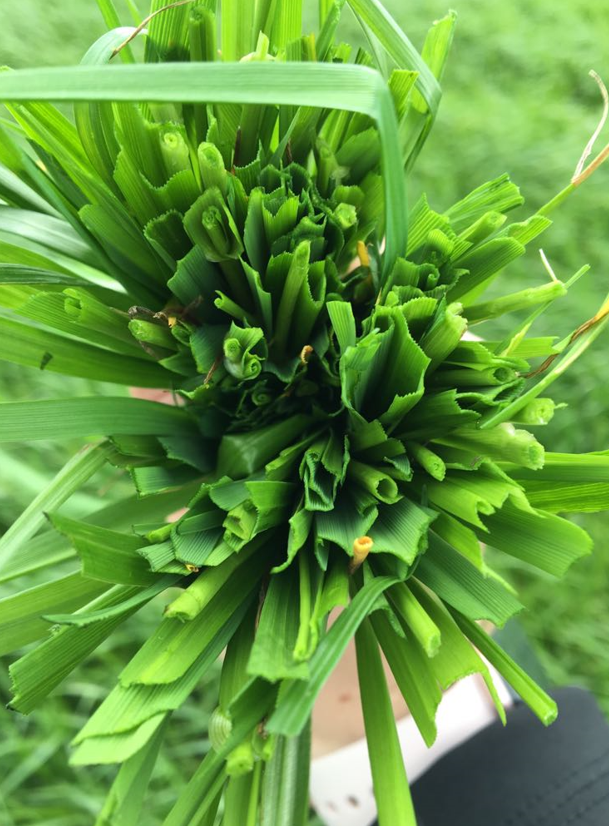
Pre-cut testing

